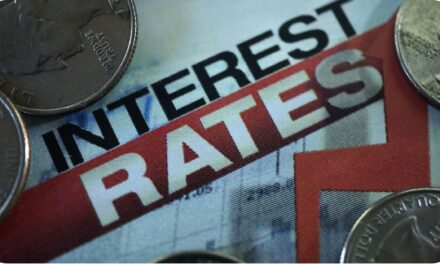The Bank of Japan (BoJ) plays a pivotal role in Japan’s economic stability and growth. Established as the nation’s central bank, the BoJ has been instrumental in shaping the country’s monetary policy and managing its currency, the yen. This post provides an in-depth look into the history, structure, shareholders, foreign exchange (FX) interventions, and policy tools of the BoJ.
History of the BoJ
Founded in 1882, the Bank of Japan was established to bring order to the country’s monetary system, which was fragmented due to the existence of numerous private banks issuing their own currencies. The BoJ was modeled after European central banks and was initially intended to stabilize the Japanese yen and ensure the smooth operation of the country’s financial system.
Throughout its history, the BoJ has adapted to various economic challenges, including the aftermath of World War II, the oil shocks of the 1970s, the asset price bubble in the 1980s, and the deflationary pressures of the 1990s. In response to these challenges, the BoJ has evolved its approach to monetary policy, focusing on both traditional and unconventional measures to maintain economic stability.

Structure of the Central Bank
The BoJ’s structure is designed to ensure efficient decision-making and the implementation of monetary policy. Key components include:
- Governor: The head of the BoJ, responsible for overseeing all operations and serving as the primary spokesperson.
- Deputy Governors: Assist the Governor in decision-making and management.
- Policy Board: Comprising nine members, including the Governor and Deputy Governors, the Policy Board is responsible for setting monetary policy and guiding the BoJ’s strategic direction.
- Departments: Various departments handle specific functions, such as financial markets, international affairs, research and statistics, and financial system stability.
For more trading tools, real time data and technical analysis visit us https://lotusacademy.africa/
Shareholders
Unique among central banks, the BoJ is partly owned by private shareholders. While the Japanese government owns 55% of the shares, the remaining 45% are held by private individuals and institutions. Despite this private ownership, the BoJ operates independently from the government, with the primary goal of maintaining price stability and contributing to the sound development of the national economy.
History of FX Intervention
The BoJ’s involvement in foreign exchange markets is a critical aspect of its mandate to stabilize the yen. FX intervention refers to the BoJ’s actions to influence the value of the yen against other currencies, particularly the US dollar (USDJPY).
Early Interventions
The BoJ’s first significant FX interventions occurred in the 1970s, following the collapse of the Bretton Woods system, which had pegged currencies to the US dollar. With the yen now floating, the BoJ began intervening in the FX market to prevent excessive volatility.
Plaza Accord and Subsequent Actions
One of the most notable interventions was the Plaza Accord of 1985, where Japan, along with other major economies, agreed to depreciate the US dollar to rectify trade imbalances. The BoJ actively sold dollars and bought yen, leading to a significant appreciation of the yen.
Recent Interventions
In recent decades, the BoJ has continued to intervene in the FX market, particularly during times of heightened volatility or economic stress. For instance, the BoJ intervened in 2011 following the Great East Japan Earthquake, buying large amounts of yen to stabilize the currency and support the economy.
Learn more about Financial Markets and learn to trade through an extensive accredited course right here https://lotusacademy.africa/product/skills-certificate-in-financial-markets/
Policy Tools Used by the BoJ
The BoJ employs a variety of policy tools to achieve its objectives of price stability and economic growth. These tools can be broadly categorized into conventional and unconventional measures.
Conventional Tools
- Interest Rates: The BoJ sets the short-term interest rate at which financial institutions lend to one another overnight. This rate influences other interest rates in the economy, affecting borrowing and spending.
- Open Market Operations: The BoJ conducts operations in the financial markets to control the money supply and influence interest rates. These operations include the buying and selling of government bonds.
Unconventional Tools
- Quantitative Easing (QE): Introduced in the early 2000s, QE involves the BoJ purchasing large amounts of financial assets, such as government bonds, to inject liquidity into the economy and lower long-term interest rates.
- Negative Interest Rates: In 2016, the BoJ adopted a negative interest rate policy, charging financial institutions for holding excess reserves at the central bank. This policy aims to encourage lending and investment.
- Yield Curve Control (YCC): Implemented in 2016, YCC targets specific yields on government bonds to control the shape of the yield curve. By committing to maintaining low yields, the BoJ seeks to influence longer-term interest rates and support economic activity.
Conclusion
The Bank of Japan’s rich history, structured approach, and innovative policy tools have made it a central player in the global economy. From FX interventions to unconventional monetary policies, the BoJ continues to adapt to changing economic landscapes, ensuring the stability and growth of Japan’s economy. For finance professionals, understanding the BoJ’s strategies and actions is crucial in navigating the complexities of the financial markets.
Curious to learn more about how the BoJ’s policies might affect your investments? Sign up for our free newsletter and stay informed with the latest insights and analysis.





